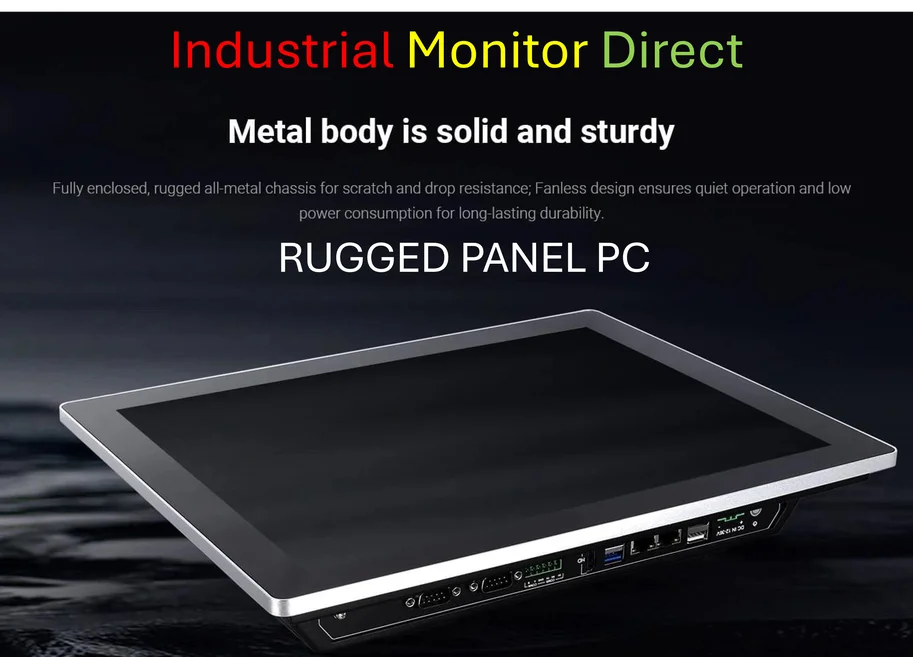According to TheRegister.com, power management company Eaton is acquiring Boyd Thermal for a staggering $9.5 billion, representing 22.5 times the company’s estimated 2026 earnings. Meanwhile, digital infrastructure firm Vertiv is buying PurgeRite for approximately $1 billion in cash, with potential for another $250 million in performance-based payouts. Eaton’s deal values Boyd at a premium because the subsidiary is projected to generate $1.5 billion in liquid cooling revenue by 2026 out of total sales of $1.7 billion. These acquisitions come as heat dissipation already accounts for 30-45% of datacenter energy costs according to some estimates. Both deals are expected to close in 2026, following regulatory approval, and follow Schneider Electric’s $850 million controlling stake in cooling firm Motivair last year.
Why This Spending Spree Is Just Beginning
Here’s the thing – we’re looking at the opening shots in what’s going to be a massive infrastructure war. When companies are willing to pay 22.5 times earnings for cooling technology, you know they’re betting on explosive growth. And they’re probably right.
Basically, AI factories and high-performance computing are creating thermal densities that traditional air cooling simply can’t handle. We’re talking about racks that generate heat equivalent to multiple households – and they’re packed into spaces the size of shipping containers. Liquid cooling isn’t just nice to have anymore – it’s becoming essential infrastructure.
The $6.7 Trillion Reality Check
What really puts this in perspective is the scale of the challenge. McKinsey research suggests datacenters will need $6.7 trillion in worldwide investment by 2030 just to keep up with compute demand. That’s not just cooling – that’s everything. But cooling is becoming the bottleneck.
Think about it – when heat management eats up 30-45% of your energy bill, even small efficiency gains translate to massive savings at scale. Vertiv’s purchase of PurgeRite shows the next level of optimization – it’s not enough to just have liquid cooling, you need to maintain those systems perfectly to maximize performance.
The Coming Infrastructure Divide
So what does this mean for the industry? We’re likely seeing the beginning of a major consolidation wave. Big players like Eaton and Vertiv are building comprehensive cooling portfolios while they can. Smaller datacenter operators might get left behind.
Retrofitting existing facilities with liquid cooling is prohibitively expensive for many. But new construction – projected to be worth $456.5 billion by 2030 – is increasingly being designed with liquid cooling from the ground up. The gap between AI-ready infrastructure and everything else is about to get much wider.
The real question isn’t whether liquid cooling is happening – it’s how quickly this becomes standard operating procedure for anyone serious about high-performance computing. And judging by this week’s spending, the answer appears to be: very, very quickly.



